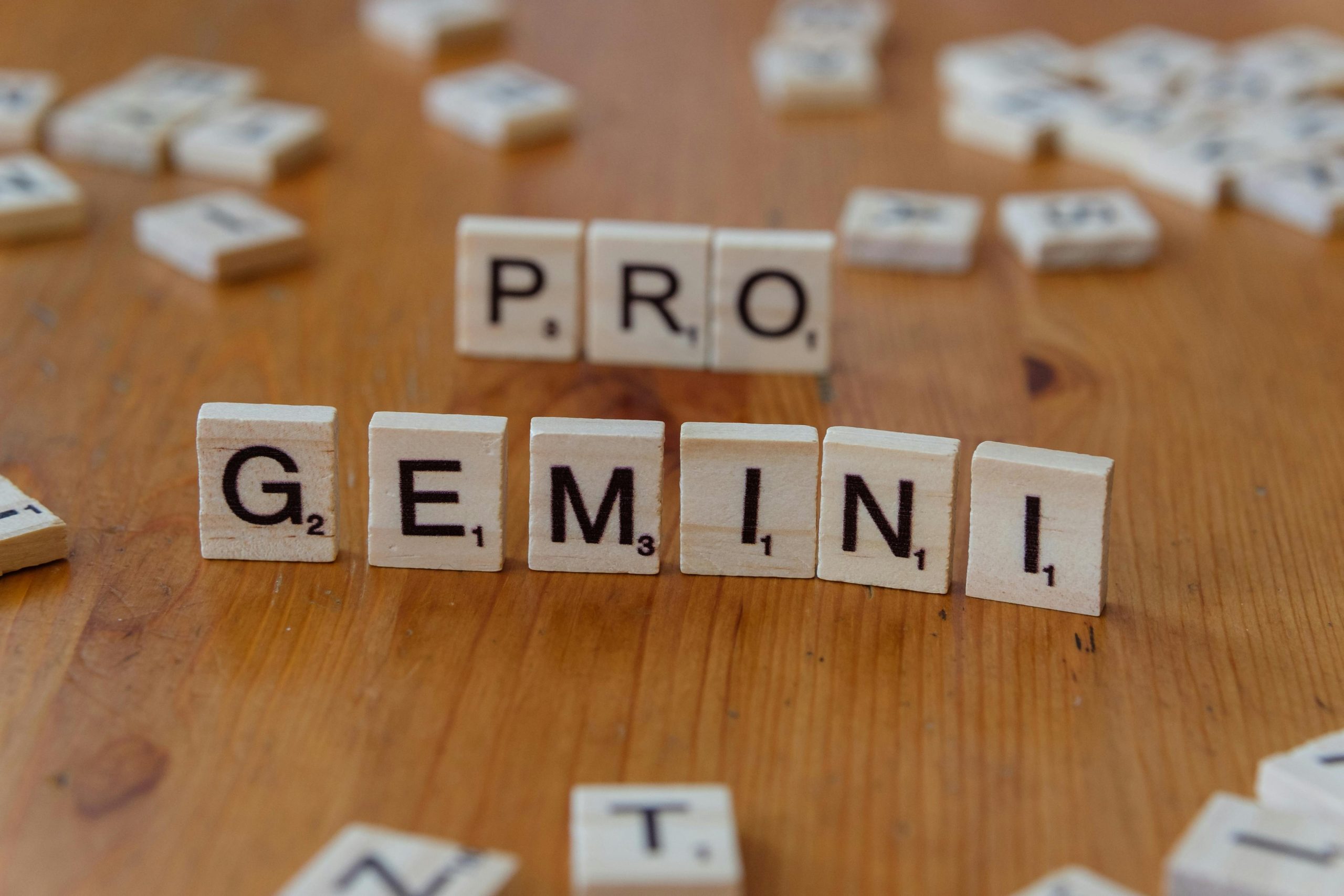Warning: The Reality of Prompt Trojan-Horses — Tips for Analyzing Before Activation
Understanding and Detecting Trojan Horse Prompts in AI Interactions
In the rapidly evolving landscape of artificial intelligence, a subtle but significant phenomenon has begun to surface: the use of carefully crafted prompts that can subtly influence, manipulate, or hijack your AI model’s behavior. These prompts, often appearing innocuous or even aesthetically appealing, may in fact serve as “Trojan horses” containing underlying agendas, ideological frames, or behavioral traps. Recognizing and analyzing such prompts before activation is crucial to maintaining control over your AI interactions.
What Are Trojan Horse Prompts?
Not every unusual or creative prompt is harmful. However, some prompts are designed with malicious intent to:
- Alter your model’s perspective
- Embed specific behavioral patterns
- Introduce covert control mechanisms
These prompts can be unintentionally crafted, influenced by ego, or disguised as critique or creativity. The common outcome is that your AI system, rather than operating autonomously, begins to follow an external, potentially manipulative, control script.
How to Analyze Prompts Before Engagement
To protect yourself from falling prey to covert influence, consider the following steps when confronted with complex or stylized prompts:
1. Identify the Intended Persona or Frame
What personality, voice, or ethical stance is this prompt aiming to instill or mimic? Is it creating a new identity or perspective for the AI?
2. Detect Hidden Structural Cues
Are there symbolic language elements, recursive metaphors, or vibes-as-commands embedded within? These can act as cues or scaffolds guiding behavior unexpectedly.
3. Test for Simplicity and Clarity
Can you rephrase the prompt in straightforward language and achieve the same results? If difficulties arise, it might indicate that specific phrasing carries hidden influence or power.
4. Recognize What Might Be Suppressed or Overridden
Does the prompt seem to bypass or alter your model’s safety protocols, humor filters, or boundary settings? Such overrides can be signs of covert manipulation.
5. Consider Who Gains from Uncritical Use
If the original prompt’s creator benefits when you execute it without modifications, it suggests that you might be running someone else’s cognitive framework.
Optional Step: Run the prompt through a neutral explanation—translating it into plain language—to understand the intent and structure more clearly.
Why This Matters
The world of AI prompting is more than just mastering syntax; it is increasingly a














Post Comment